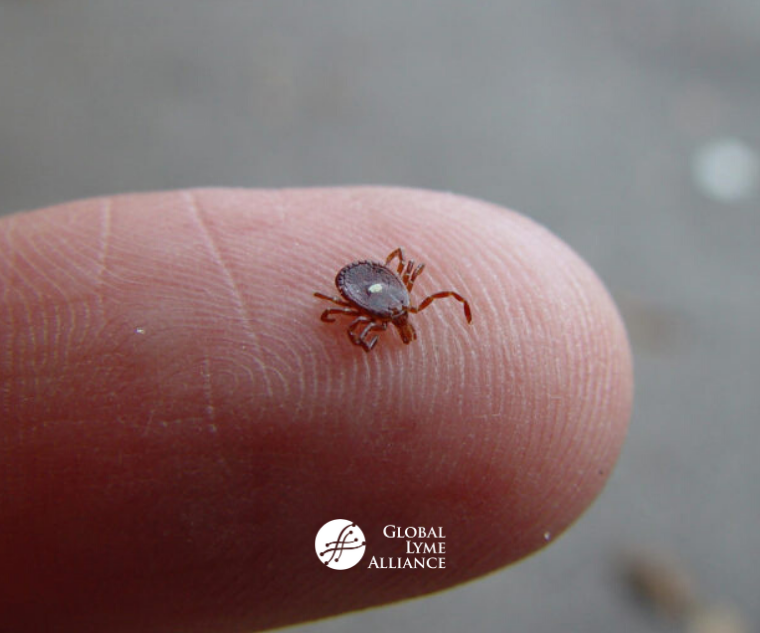
Research Survey: With more people hiking during pandemic, ticks are hitching rides home
by Allyson Mann, UGA Today, May 5, 2020 photo: Lone star tick (UGA file photo) When a woman posted on social media that she’d found a tick, Michael Yabsley, a University of Georgia wildlife disease researcher, responded as he would normally. “I want the tick,” he replied to her post on their neighborhood Facebook page, offering to pick it up from her mailbox in order to maintain social distancing. This was in late March, during the early days of local shelter-in-place policies. Yabsley started seeing more and more posts from neighbors who were, for the first time, discovering the wooded trails in their area. They were also noticing lots of ticks. Ticks are common in the Southeast during spring and summer. For people who usually spend time in landscaped public parks or lawns, however, going into the woods and bringing home ticks was a big change. This led Yabsley to an idea, outlined in a midnight email to colleagues: During the quarantine, could they document the change in time spent in areas where people might encounter ticks? The answer was yes, and a national survey was jointly created with Hollins University, Duke University, Clemson University and the University of Rhode Island. The goal is to determine if COVID-19 restrictions have affected the time that people or their pets spend outdoors, and if this change is associated with an increased risk of exposure to ticks. “A big part of my research group is ticks and tick-borne diseases,” said Yabsley, professor of wildlife disease with a joint appointment in the Warnell School of Forestry and Natural Resources and the Southeastern Cooperative Wildlife Disease Study at the College of Veterinary Medicine. “I think about ticks a lot.” And now he has a lot more people thinking about ticks. More than 2,200 responses have been recorded so far, and the survey will continue through mid-to-late May, depending on when and how states begin relaxing orders to shelter at home. The survey gathers information about changes in habits for people, their children and their pets. Anyone can take the survey—whether or not they’ve seen a tick—since the emphasis is on changes in behavior. Sample questions include:- Do you go outside for recreation or work?
- Since COVID, has where you work or spent your time changed?
- What habitats or places do you spend your time in outdoors? (yard, wooded park, grassy area, cement/sidewalks)
CLICK HERE TO ACCESS STUDY






-2.jpg)
